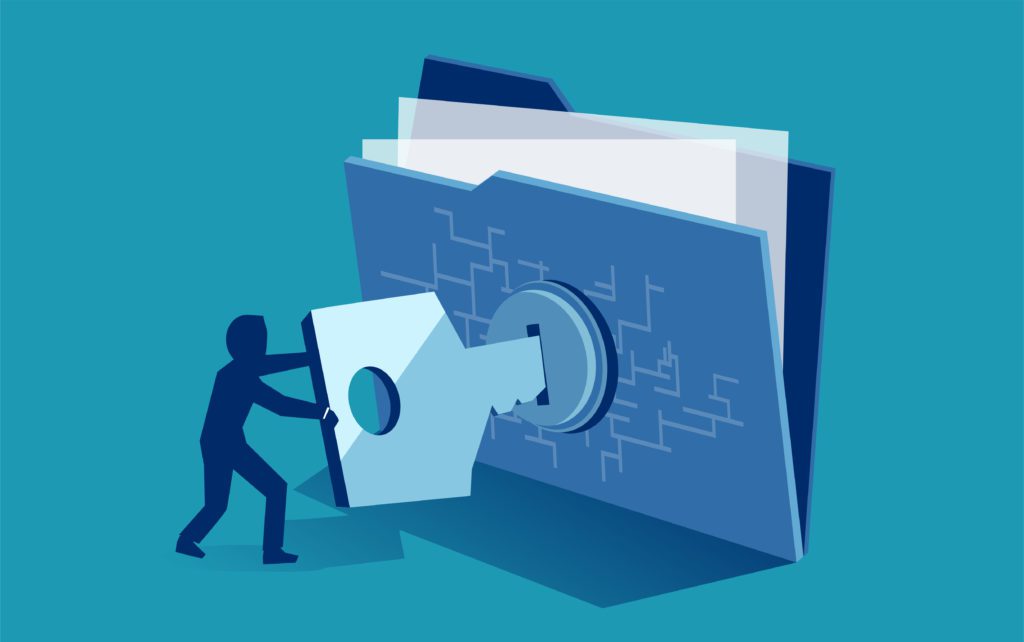
Identity and Access Management (IAM) and Privileged Access Management (PAM) are two types of access management systems that are commonly used to manage identity authentication and authorization across the business at scale. However, these products serve different functions in an enterprise IT environment.
In short: IAM vs PAM boils down to identity validation versus resource-access validation. IAM is based on credentials, while PAM is based on attributes. Read on to learn all about these essential components of security strategy.
What Is IAM?
Identity and Access Management is a system of rules and policies that control users’ access to resources. IAM allows a business to determine who can access what, when, where, and how. This includes restricting or granting administrative privileges to employees on an as-needed basis.
Read more: CASB vs IAM: Compare Cyber Security Solutions
What Is PAM?
Privileged Access Management is a subset of IAM that focuses on managing access to critical resources and services. It’s a method of giving only certain employees access to certain pieces of privileged information. At its core, PAM operates as a gatekeeper for privileged information by managing privileged access to an organization’s resources.
management processes |
|
and unauthorized access | |
de-provisioning, and onboarding | |
Similarities Between IAM and PAM
Role-Based Access Control
Access is controlled based on roles. In short, not everyone has all privileges for all resources — and users don’t have unfettered access simply because they need it right now. Having defined roles makes both policy creation and enforcement easier, because roles are predefined sets of permissions already defined for a particular task or job function.
Strong Authentication
Strong authentication is used in both IAM and PAM. This means either smart cards or multifactor authentication methods are required for access taking place, making sure only verified users with sufficient credentials get in.
Multi-Factor Authentication
Multi-factor authentication (MFA) is often integrated into IAM and works alongside PAM, adding another layer of protection beyond just a username and password. To authenticate users, MFA technology uses unique identifying data (such as biometric data or a randomly generated code) in addition to something only that user should have (like a company smartphone). Even if someone finds out your username and password, they shouldn’t be able to gain access to the system.
Continuous Monitoring
Just as continuous monitoring is essential to IAM, so is it necessary for PAM. Strong continuous monitoring policies will help protect the organization against attacks by identifying breaches early, so you can act quickly before attackers cause harm.
Strict Policy Enforcement
Strict policies are very important for PAM and IAM. Without them, these tools aren’t nearly as effective as they could be. For example, you might decide to allow admins to make changes to sensitive areas of your systems during off-hours, but you don’t want anyone making those kinds of changes during business hours when they could disrupt operations.
In this scenario, IT would configure the system to disallow access to these resources during set hours, aside from privileged users that may need access to make emergency repairs. Above all, IAM and PAM policies are best when they’re robust, accounting for multiple scenarios.
Read more: Don’t Overlook IT Risk Compliance When Defending Against Cyberattacks
IAM vs PAM: How Are They Different?
Users vs Assets
Once deployed within an organization, IAM can be leveraged to manage both users and assets simultaneously. Meanwhile, PAM provides admins with more granular control over assets — and more importantly, it can also protect against attacks on those assets by non-authorized users.
PAM is Reliable, but Less Flexible
When compared side-by-side, it’s clear that IAM tends to have a larger initial cost, due to its need for integration with existing platforms. On the other hand, PAM has high reliability, due to its complexity. In this way, PAM is significantly less adaptable than IAM. However, IAM’s flexibility can be misused, opening up an organization to security risks. This is where PAM closes the gap, bringing stringent access control standards to critical assets.
IAM Includes User Provisioning and Delegation
IAM solutions take care of provisioning and delegation — which essentially means creating and assigning login accounts. PAM ensures these accounts can only access the assets they have privileges for. MFA, as part of a broader IAM solution, adds another layer of security, ensuring PAM is only allowing privileged access to verified users.
Deploying IAM and PAM Together
IAM lets an enterprise define who can access what resources in its ecosystem. PAM goes a step further by defining who has access to what resources. Rather than leveraging IAM vs PAM, centralized tools bring these products together. This centralization has an added bonus: less friction for the end user. Enterprises must address user demands for convenience if they hope to successfully implement access management solutions.
With centralized access management in place, employees will appreciate faster logins, and IT staff will get detailed reports on activity across all accounts — allowing them to identify risky use patterns or compromised credentials before any damage is done. With these two products working together, you’ll be able to better manage access across the entire business.